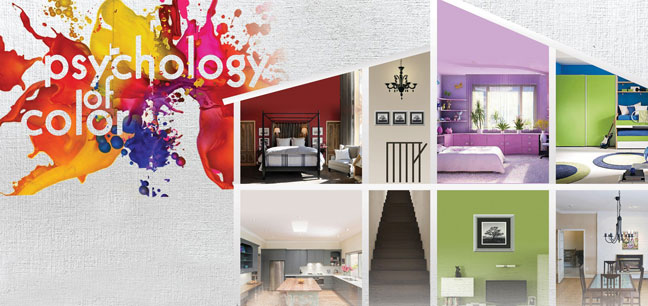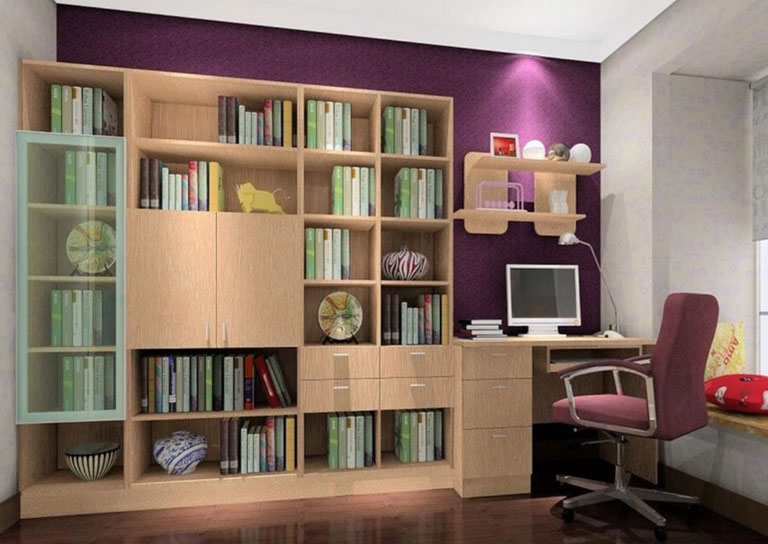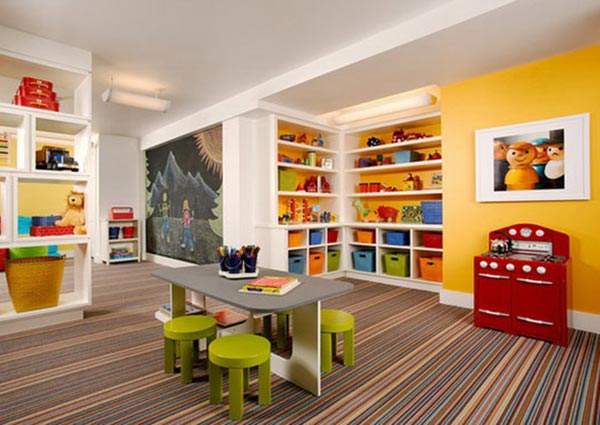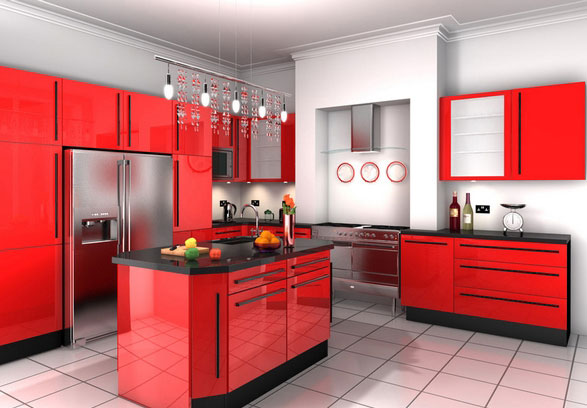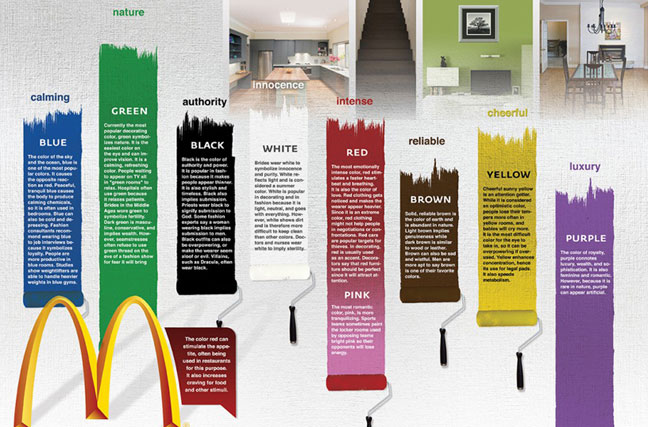The Psychology of Color in Interior Design
Everyone loves the creative challenge of turning a room into a comfortable living space. We all like a change in some manner, whether it be re-arranging the furniture or deciding to paint the walls for a fresh, new look. If you are decorating a single room or an entire home, take into account the foundation of interior design. The single element that all further design decisions are based upon; Color.
When deciding on a color theme for a room, consider the psychology of color. Color evokes a range of emotions from calmness to excitement, spontaneity to balance and love to sorrow. The most simple color comparison to start with is black and white. We all have the same worldwide opinion on what these two colors stand for. White represents purity, hope, innocence and goodness. Black represents danger, fear, sadness and evil. But there is more meaning to these colors than our ‘black & white’ perception of them. When it comes to interior design, colors can have both negative and positive effects. For example, a living room with dark charcoal colored furniture can represent sophistication, sleekness and glamour, while white can evoke feelings of emptiness and coldness. Every color has certain effects that will work well in some places, but not in others. This article is to give you an idea of how to work with color that will be suitable for a specific room.
Lets start with the cool colors and see where they can be applied in a design scheme. Blue, green and purple all evoke the feelings of calmness, stability and efficiency. This is the reason why businesses, schools and hospitals are designed with these colors. When we in certain environments around others, it is important that we feel approachable and productive. This also true for in your home. The specific areas of relaxation in a house is the living room and bedroom. The bedroom is the place where you begin and end your day, so it is important to choose colors that will relax and refresh you. Green represents the health, fertility and new beginnings, which is a good choice for the room you will wake up in each day. You want to feel refreshed in the morning and ready to learn and grow each and every day. Another room to consider blues and greens is the living room. This is the room for gathering friends and family who you want to feel welcomed and comfortable. A possible room to utilize the color purple is the study or library because purple represents wisdom, wealth and luxury. These feelings will evoke a psychological effect which may lead you to trust that hard work and studying will lead to prosperity and a luxurious life style.
Now lets move on to the warmer colors such as yellow, orange, pink and red. Young kids are very much drawn to bright, fun colors and prefer to be surrounded in colors that lead to creativity and excitement. Although boys tend to go towards the cooler colors, they also will have the same feelings when they are surrounded by warmer tones. Kids want to play and create when they enter a colorful room. Yellow is a good idea for a playroom because it represents friendliness and openness.
Tones of orange and yellows also stir up feelings of hunger. This would be an optimal color for a kitchen, unless you don’t want to be more tempted by foods than you already are! Although, the same color would make you get creative in the kitchen as you will think up interesting recipes and possibly healthy ones at that! Reds and pinks also represent creativity and excitement as well as passion and love. These colors may be a bit intense to envelope an entire room so it could be utilized in the bedroom with a few red throw pillows!
There is no question that our emotions can be altered based on our surroundings. This being said, it is highly important to make your surroundings as comfortable as possible. The colors you choose to design a room will have a psychological effect so whatever feeling you desire a room to portray, you can make that happen based on your choice of color.

